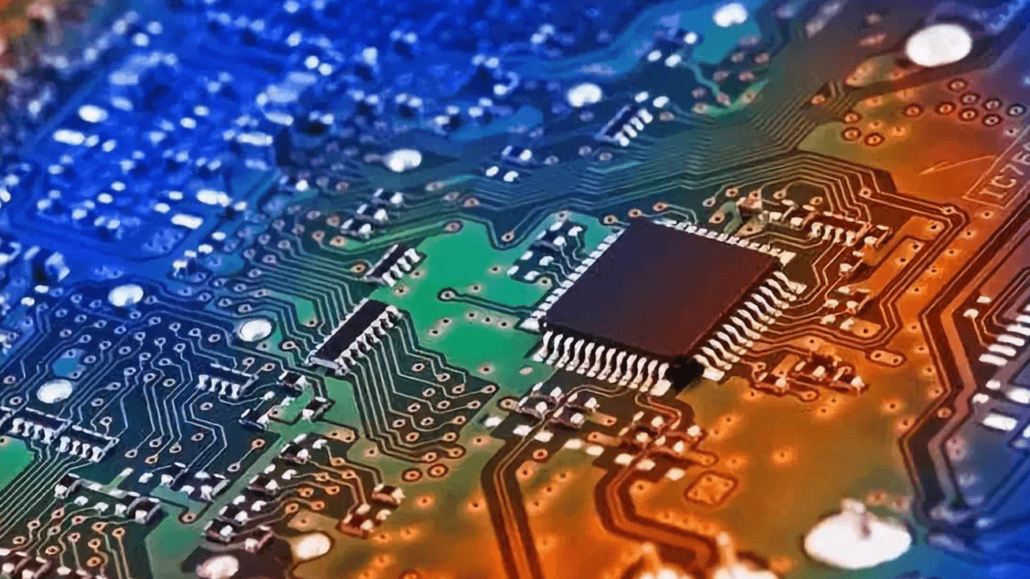Fast turnaround pcb assembly is more than a marketing gimmick for a small PCB prototyping company intent on serving some of the most recognizable and respected technology brands on the planet. It is also a promise from the fast turnaround pcb manufacturer to the customer. Turnkey PCB assembly is never a very simple operation. Fast turnaround pcb assembly is in a 48-hour turnaround market where small, time-consuming problems can turn into lost orders and angry customers.
Fast turnaround pcb assembly in order to be able to produce results in these short timescales, PCB assembly plants will need to maximize their workflow. Consistency and speed must be ensured in almost every component of Turnkey PCB Assembly. The core need of Turnkey PCB Assembly Turnarounds is to optimize the resources and assets you already have. In other words, the inherent conflict between adding additional resources and assets to your surroundings.
Basically, fast turnaround pcb assembly dealers want to know whether they need to hire additional helpers. Or fast turnaround pcb manufacturers want to know if they need to make more use of the machine. Or to buy newer, better machines that will enable them to make full use of their existing staff.

Imperfectly Optimized PCB Planning Systems
Before leaping into the question of whether machine or human power actually produces a PCB quick turnaround. We will need to establish that the PCB preparation system itself is currently performing optimally and that part positioning is the bottleneck of any PCB assembly line.
Basically, that bottleneck consists of 2 components – element sequencing and feeder agreements. Fast turnaround pcb manufacturers will need to choose the optimal sequence of elements and assign them to the proper feeders.
There are almost infinite ways that PCB part sequencing and feeder agreements could be approached. Locating the most efficient alternative is just not possible in a company context – not. At least, together with present computational technologies, and definitely not inside a short period.
Under tight deadlines, PCB assemblers use genetic algorithms to determine the near-optimal intended system. Without getting lost on the way to this “ideal” solution. However, this is not a problem that is likely to be solved with current technology. However, it is important not to forget that none of the current fast turnaround pcb assembly procedures are valid. It becomes an increasingly complex factor for high volume PCB design companies.
More Machines Means More Establish Time - PCB quick turnaround
Understanding any PCB quick turnaround procedure has to be less than perfectly effective. We could turn to time limits on workflow procedures.
SMT machines aren’t plug-and-play apparatus. Even effective machines need changeovers of an hour. If you operate eight to ten installments weekly that imply that you are losing a whole day in the production period weekly.
Changeover times could develop into a huge drag on manufacturing, particularly when coping with tight turnarounds. Time, once lost, cannot retrieve, and each second of time stored boosts earnings.
Since SMT machines can experience a near infinite number of production opportunities in a single run. And SMT machines are often required to run numerous times a day. We need to understand that any changeover period is downtime, and as the UIC shows in a very simple chart based on the sales generation period of SMT machines, every second counts. Statistically, one hour of downtime costs a $10 million per year production line $5,000.
While there are always ways to enhance the efficacy of a turnkey PCB assembly line, there’s absolutely no method to account for $5000 in unnecessary reductions. Considering that a few SMT machines can take up to four weeks to put up for one run of a prototype PCB, taking advantage of every workday is undoubtedly the better choice.
Additionally, installing extra manufacturing lines doesn’t influence the productivity of every individual line. While it might seem to boost PCB meeting turnaround. Including more lines and employees may be more expensive than its value if total production volume does not also increase. Because of this, keeping employees late or even selecting an excess change is undoubtedly the better choice.
UETPCB offers all the advantages of PCB manufacturing and full turnkey PCB assembly service with PCB quick turnaround times and an affordable budget. Our primary mission is to continually provide high-quality PCB &PCB Assembly services that make us the best choice for your electronic manufacturing.
